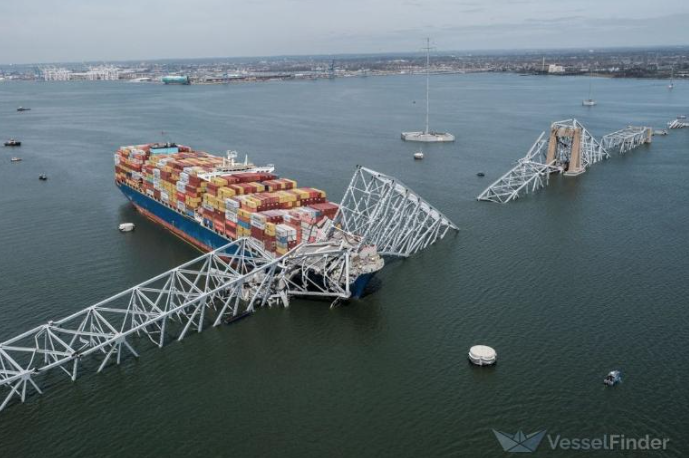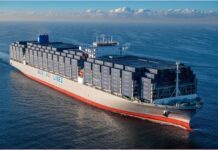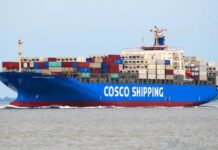
Grace Ocean, the owner, and Synergy Marine, the operator of the container ship Dali, which destroyed the Francis Scott Key Bridge in Baltimore in April, have agreed to pay US$101,980,000 to resolve a civil claim brought by the United States for costs borne from the bridge collapse.
The settlement resolves the United States’ claims for civil damages for US$103,078,056 under the Rivers and Harbors Act, Oil Pollution Act, and general maritime law. The settlement monies will go to the US Treasury and to the budgets of several federal agencies directly affected by the allision or involved in the response.
Principal Deputy Associate Attorney General, Benjamin C. Mizer, said, “Thanks to the hard work of the Justice Department attorneys since day one of this disaster, we were able to secure this early settlement of our claim, just over one month into litigation. This resolution ensures that the costs of the federal government’s cleanup efforts in the Fort McHenry Channel are borne by Grace Ocean and Synergy and not the American taxpayer.”
“This is a tremendous outcome that fully compensates the United States for the costs it incurred in responding to this disaster and holds the owner and operator of the DALI accountable,” said Principal Deputy Assistant Attorney General, Brian M. Boynton, head of the Justice Department’s Civil Division. “The prompt resolution of this matter also avoids the expense associated with litigating this complex case for potentially years.”
On 18 September, the Justice Department filed a civil lawsuit in the US District Court for the District of Maryland, seeking over US$100 million in damages from Grace Ocean and Synergy Marine. The Department’s claim was part of a legal action that the vessel companies filed shortly after the incident, in which they sought exoneration or limitation of their liability to approximately US$43.7 million.
The latest settlement is in addition to US$97,294, recently paid by Grace Ocean, to the Coast Guard National Pollution Fund Center for costs incurred to abate the threat of oil pollution arising from the incident. However, it does not include any damages for the reconstruction of the Francis Scott Key Bridge.
The State of Maryland built, owned, maintained, and operated the bridge, and attorneys on the state’s behalf filed their own claim for those damages. Pursuant to the governing regulation, funds recovered by the State of Maryland for the reconstruction of the bridge will be used to reduce the project costs paid for in the first instance by federal tax dollars.
The resolution of the civil matter was handled by attorneys from the Civil Division’s Aviation, Space & Admiralty Litigation Section and the U.S. Attorney’s Office for the District of Maryland, Baltimore Division.





